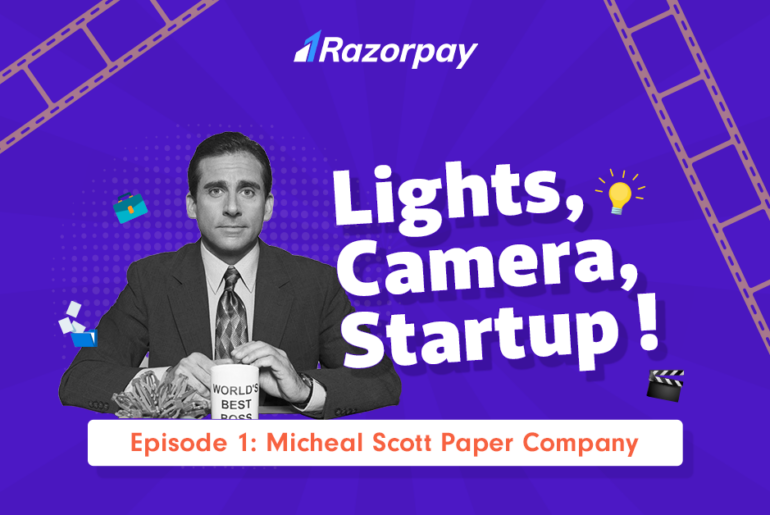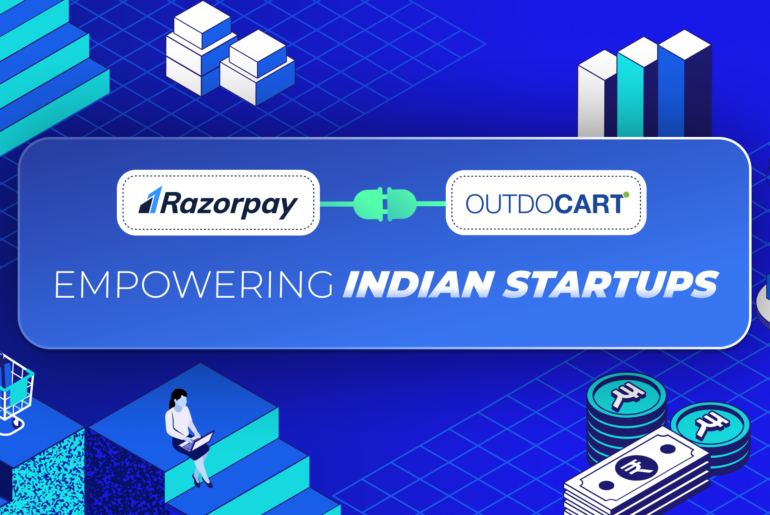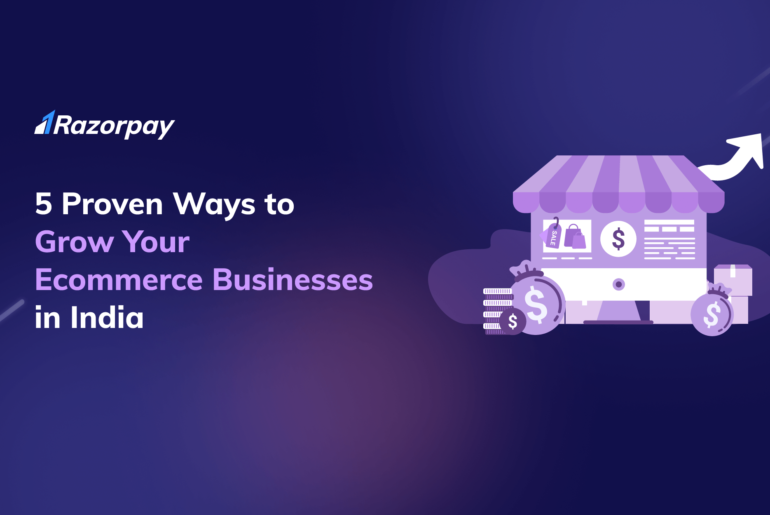Organizations regardless of the size stand to gain from positive media coverage and publicity. PR is an excellent way to take a message into the space of ‘news’ rather than advertising; it inherently brings more authority, credibility, and readership.
Especially in today’s scenario, where every product or service competes in a crowded market, PR is a great branding tool that helps startups differentiate and stand out in the market. It also helps in establishing a persona for your brand and making an emotional connect with the audience.
But why PR for a startup?
Startups have a latent need to prove credibility, having a superior product or service is not enough to distinguish a company from its competitors, in addition, advertising alone cannot command the attention and loyalty of customers. What’s needed is a consistent and genuine message that communicates the company’s core values, beliefs, and purpose.
Today, PR is an integral part of marketing and it has the ability to elevate a brand through its power to influence customer brand perception. In fact, according to marketing guru Al Reis, in his book, ‘The 22 Immutable Laws of Branding’, says that “publicity is more powerful than advertising” because “what others say about your brand is so much more powerful than advertising.”
While publicity and communication is important, the people who manage such communication are also equally important. Managing media relations, ensuring that the right message is picked up by the right media channel requires dedicated efforts and any startup that is looking to grow should certainly think about investing in PR in order to maximise reach.
PR is certainly a specialised function and hiring an experienced PR agency which complements your business is the best way forward to leverage the benefits of public relations.
While we at Razorpay were scouting for a PR agency to represent us, we came up with a detailed guideline to help us with the selection process. Considering how effective the guideline was, we decided to blog about our learnings from the exercise. So, here are the key steps and best practices that can be adopted while looking to hire a PR agency for your brand:
Define your PR goals
The first step while looking to invest in PR is to clearly define the PR goals and objectives that needs to be achieved. Structuring both macro and micro level PR goals before inviting and shortlisting PR firms creates a lot of clarity in terms of PR goals, objectives and expectations both within the organization as well as with PR agencies.
Outlining the expectations in terms of the communication objectives, markets to be addressed, key messaging and target audience are some of the most important aspects to be considered while defining PR goals and objectives.
Examples of macro level goals could be aspects like improving brand visibility or achieving thought leadership, while micro level goals could include aspects like the number of media interactions. Not doing this important step can also lead to PR agencies making very broad sales pitches, wasting resources and time.
Prepare a brief or RFP
Writing a brief or RFP to outline PR goals and expectations is one of the best ways to ensure that the most suitable agencies for the job pitch for your contract. Aspects like business objectives, PR objectives, target audience, competitors, etc should be clearly outlined in your PR briefing material in order to allow agencies to strategize and make relevant pitches or presentations to your organization.
In addition, if there is a specific need to hire PR agencies from specific domains like tech, lifestyle, BFSI etc, such a requirement should also be clearly outlined in the RFP.
Here is a basic framework of a RFP for PR agency hiring which you can use as a guideline for building your own detailed RFP.
Outline selection criteria

After the RFP or briefing has been finalised, the selection criteria needs to be decided. PR agencies should essentially function as an extension of your brand, presenting the right messaging for all external facing communication. For this, defining the selection criteria is incredibly important.
Selection criteria can range across several aspects from the ability to meet the scope of work to domain expertise to pricing. For instance, while designing our selection criteria, we defined 4 aspects (each with different weights) – ability to meet scope of work, experience, demonstrated PR capabilities and retainer fees. Here is a representation of the selection criteria we used:
The selection criteria should be designed in such a way that it allows you to make a reasonable decision in relation to the the efforts expended versus the returns expected. You can define 4-5 aspects that are the most important, keeping in mind the nature and size of your business.
You can further breakdown each criteria. For instance, the criteria mentioned above can be broken down as follows:
- Ability to meet scope of work: Scope of work could include aspects specific to achieving the outlined PR objectives. For instance, if the brand is focusing on specific geographical regions, the agency should have the ability to perform regional media outreach.
- Experience and knowledge: This criteria could include aspects like expertise in a particular niche domain like tech, lifestyle, or BFSI, etc.
- Demonstrated PR capabilities: This refers to the past work, expertise and proven results of the agency. For instance, if your organization is a B2B SaaS company, previous experience and proven work of the agency in similar domains will help in understanding if the agency is fit for the partnership.
- Retainer Fees: While quality of work and ability to fulfill PR expectations is key, as a startup, budget is still a valuable consideration. Hence, as a last check the retainer fees or the project fees should be evaluated against the earmarked PR budget.
Establishing clear selection criteria provides a clear road map for agencies to understand the job expectation clearly and decide on the PR strategy, hours to be spent on the account and resources to be assigned.
Identify budget
Identifying the PR budget is as essential as defining the PR goals. Knowing the ambit within which you are willing to spend for your PR requirements is important as it acts as a guide in deciding the quality and volume of work expected from the agency.
The most common PR model used by agencies is the ‘retainer model’ which involves paying a fixed sum of money every month for the period of the contract. This sum includes the cost for the hours of work as well as incidental charges that the PR agency incurs while servicing clients on a monthly basis.
While retainers are the standard model, you can also hire agencies to work on a project basis in case you are not prepared to make long term commitments. Another work around is to negotiate with the selected agency to begin the contract with a small retainer fees that can be later relooked and revised based on outputs and resource availability.
Early stage startups who can’t stretch to invest in hiring a full time PR agency, can also consider hiring PR consultants who can work with the brand for a defined time period or on a project basis.
Finalise deliverables
Once the PR agencies have been shortlisted based on a broad qualification criteria, the actual contract deliverables need to be looked into and finalised. As a follow up to defining high level PR goals and objectives it is very important to define the exact deliverables (like the number of press releases, media interactions, award submissions, etc) expected from the PR team on a month-on-month basis.
Drilling down to the specifics not only ensures that the PR agency is on the same page with regards to work expectation, but it also creates a measurement system that will allow organisations to measure and analyse the quality and quantity of deliverables from the PR agency on a periodic basis.
Meet your account team
Often times, the team that pitches to your company might not actually be the team that would work on your account on a day-to-day basis. While the brand name and reputation of the PR agency is important, the efficiency and competency of the actual team that will be working with your company will eventually decide the success of your PR efforts.
Request for meetings with the specific account team who will work with your brand and assess their competencies, relevant experience, working style in order to understand their suitability to fulfill the requirements of the PR contract.
Include a non-compete clause
As an extension to the contract, you can also include a non-compete clause in order to ensure that your PR agency does not get into any conflict of interest issues during the period of the contract. A non-compete clause is essentially a clause under which one party agrees to not enter into any venture that would lead to competition against the other party.
In case your PR agency takes on a competitor brand after signing accepting your contract, it poses a significant threat to information leakage leading to potentially adverse consequences.
If you feel that your brand thrives in a highly competitive environment, including a non-compete clause can prove to be valuable. Organisations could include a list of competitors or potential competitors in their relevant domain of business as part of the non-compete clause in order to ensure that there is no leakage of confidential information and that your organisation is always treated as top priority in the relevant domain of your business.
These seven steps provide a good foundation on which your organisation can design its own PR plan. PR is important for organisations of every size and shape; Bill Gates once famously said, ‘If I was down to the last dollar of my marketing budget, I’d spend it on PR’. In this very important decision, organisations should invest a good amount of thought and effort so as to collaborate with the PR agency that best suits the company’s working style and overall vision.
If you are a startup, here is a list of PR agencies in India that you might find useful.



